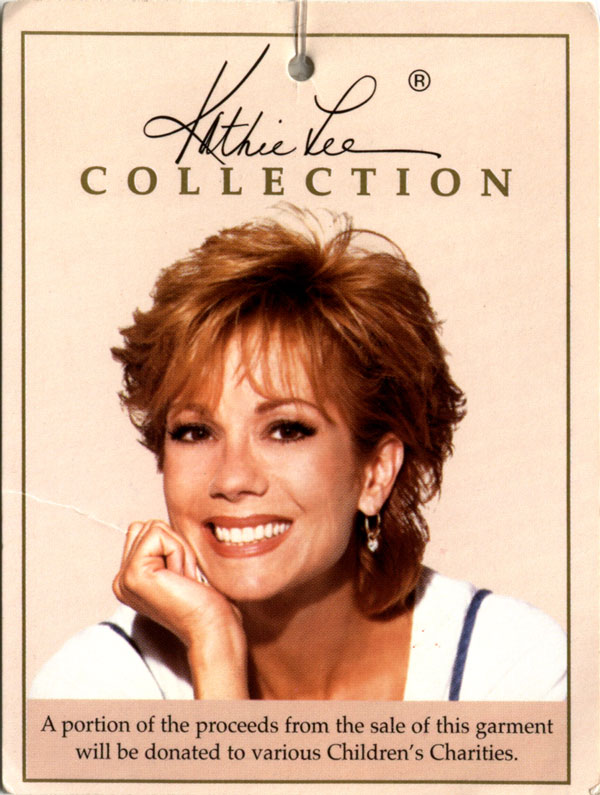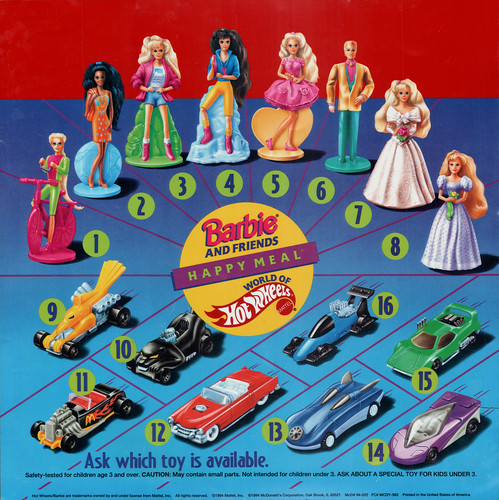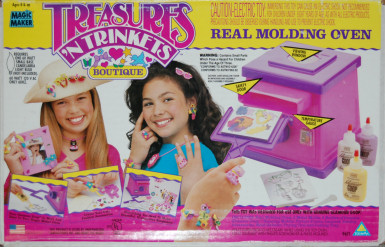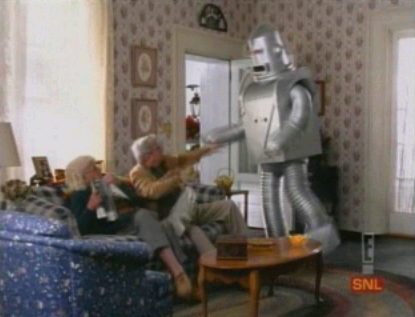I trust few enough of you have trudged through the extensive backlogs that this is almost like new. Almost. I should be back in full force by next week. Until then, enjoy the reruns! Hey, it's summertime. I've got to save the good stuff for sweeps. Thanks for your understanding--see you next week!

Looking for a surefire way to guarantee that no one will respect the precarious health of the elderly and to diminish the legitimacy of their tenuous medical state? Well, you're in luck! The Life Call corporation has already done it for you and has made it available in convenient late 80s/early 90s daytime television commercial slots. As the Life Call people sat around musing what was the possibly the way to least seriously depict the grave dangers associated with solo-dwelling senior citizens, they stumbled upon a foolproof formula for endless mockery and derision. How could we make light of such a tragic and serious risk? Well, I'll tell you how.
Yes, the Life Call people decided against working the "this is a serious life-saving product and should be presented as such" angle and instead opted to hire the campiest, chintziest elderly actors to produce embarrassingly low-budget dramatizations for their television advertisement. At least at the beginning, the fine print in the lower right-hand corner reads "dramatization". Whew, that was a close one. I was concerned that that woman had actually fallen and couldn't get up, and we were all just sitting around casually observing her in her dire state. At best, it was as if Life Call had raided a retirement home community theater troupe. Obviously, they had already blown their whole legitimate actor budget to hire concerned-looking family members and friends of the injured party. Thankfully, those characters had no lines or maybe we would have taken this thing less lightly.
Here is the ad, in all its glory:
Less widely mocked was the first guy, Mr. Miller, who acts his heart out (possibly, literally, considering his supposed ailment) describing his chest pains. However, our real heroine was Mrs. Fletcher, oh great utterer of redundant and unintentionally humorous phrases. The fictional Mrs. Fletcher croaked out a line that exceeds nearly any quote out of Bartlett's in immediate recognizability.
"I've fallen...and I can't get up!"
It was probably that second part that did in poor Mrs. Fletcher. Laying on the floor of her questionably empty room, walker askew, we could all clearly deduce that she had indeed fallen. Her apparent need for the Life Call system suggested to us that she was also likely unable to get up. Otherwise, she probably would have called up and said, "I've fallen! ...Oh, no, I'm fine, I'll get myself up in a jiffy. I just wanted someone to talk to because I'm lonely and live alone and can only communicate with my children, neighbors, and doctors through third party Life Call employees." But no, Mrs. Fletcher knew better than that. She had to do more than just explain that she had fallen, that part was clearly evident to any impartial observer. She needed to fully elucidate her situation by pointing out that not only had she fallen, but that she was at the same time unable to get up. Well, bless her heart, she certainly sold that line. Unfortunately, to children growing up in the 90s, it was probably the funniest thing that they had ever seen and/or heard.
We had all been told dozens of time to respect our elders. Parents and teaches explained to us that most senior citizens are viable and capable and deserve to be treated as human beings. We all bought that for about ten minutes, or at least the time elapsed between receiving that explanation and our initial viewing of the Life Call commercial. Though the commercial was marketed toward seniors as a tool to encourage their independence, to us it only cemented their status in our eyes as highly dramatic, accident-prone victims.
As if Life Call hadn't hammered the point home enough already with their melodramatic dramatizations, they also relied on the cheery host of the commercial to explain to us what we had just seen. "See?" She prompted condescendingly. "Protect yourself with Life Call and you're never alone!" For those of us unable to understand the complex plot twists and the nuanced acting of her preceding ad castmates, we could always rely on our Life Call pendant-sporting pal to restate the thesis of the commercial. And wasn't she recently "deathly ill"? Why, she looks great! We can only imagine that if it hadn't been for been those dashing pseudo-cop outfitted Life Call operators, her deathly illness would have led to, well, death.
Obviously at some point, Life Call realized their gaffe and sought a new direction with their advertising campaigns. No longer were they going to be victims of endless mockery. They were going to take a hard line with customers and depict true stories of Life Alert's life-saving capabilities:
Wait a minute. Didn't she just say she wasn't an actress? Well, then why is she being played by one in the dramatization? We thought you had seen the error of your ways, Life Call, but this dramatization of supposedly real-life events featured the same catchphrase as the original. Are we really to believe that this real live woman had seen the Life Call commercial so many times that she instinctively uttered their trademarked line to operators? Also, are to we to buy that someone with the foresight to purchase a Life Call Emergency Alert System was engaging in such irresponsible fall-prone behavior as reading a book and walking? At the same time? And another thing! Aren't those the doctor and telephone operator from the first commercial? Are you telling me we're using stock footage because we couldn't even afford to hire some new actors? You can even hear the choppy way they cut off the "Mrs. Fletcher" part of the operator's line to accomodate this allegedly new true story. Way to go, Life Call. You really caught yourself with that one.
Then again, their intention was not to catch themselves; it was to catch poor clumsy Mrs. Fletcher, or this new supposedly real-life non-actress knockoff of Mrs. Fletcher.
After all, they were the ones who had fallen.














